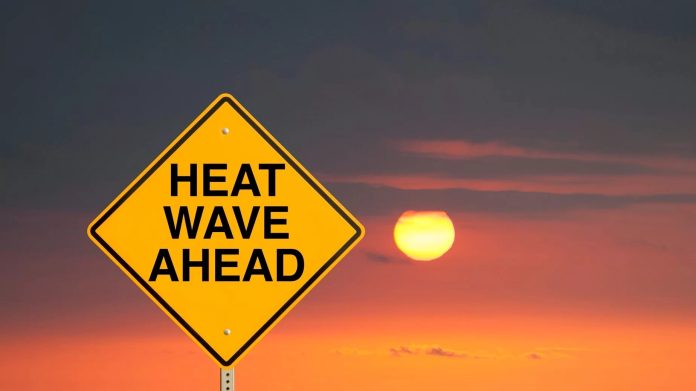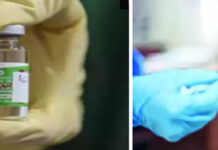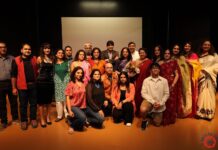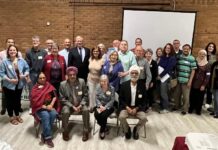Vidya Sethuraman
India Post News Service
Most of California got a reprieve from extreme heat but experts say it won’t last. Extreme heat is here to stay. Heat kills more people directly than any other weather-related hazard. Certain population groups are at greater risk of heat-related health impacts, including unhoused people, those working outdoors or in unconditioned indoor environments, older adults, infants and children. Experts at the EMS Briefing on September 26 explained public awareness on tackling extreme heat situations.
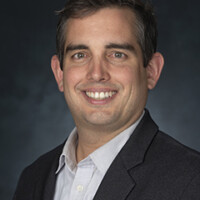
Braden Kay, Extreme Heat and Community Resilience Program Manager, Governor’s Office of Planning and Research said the new Extreme Heat and Community Resilience Program has $180 million in grant funds to help tribes, cities, counties and businesses wanting to work on the challenges of extreme heat. What we’re hearing over and over again is that people don’t have the information they need.
The ‘California Heat Response Project’ focuses on marginalized and vulnerable groups, involving 38 million people speaking 9 different languages. He said we have to raise people’s awareness and ensure they get information from reliable sources rather.
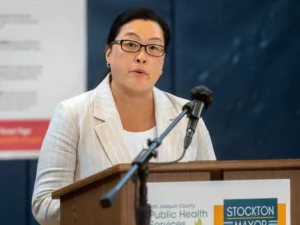
Dr. Maggie Park, County Public Health Officer, San Joaquin County Public Health Services said where she lives this summer temperatures have reached as high as 115 degrees Fahrenheit. Heat-related deaths are avoidable. “It’s important to repeat prevention messages over and over again. “There are cooling centers throughout San Joaquin County and there are free shuttle buses to them.
Park’s public health agency brings a mobile shower into homeless communities and distributes information printed in multiple languages and pictures. She says the biggest problem is getting people into air-conditioned centers or getting people to turn on their own air conditioning.
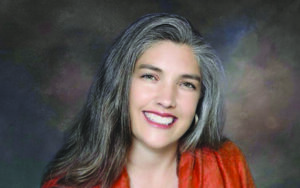
Dr. Inés Ruiz-Huston, VP, Special Programs & Civic Engagement, El Concilio hired a band to play music for people in line at an early morning food give away. Multilingual social media campaigns and videos are also effective at transmitting the message to drink water, go swimming or, go to a cooling center, she said.

